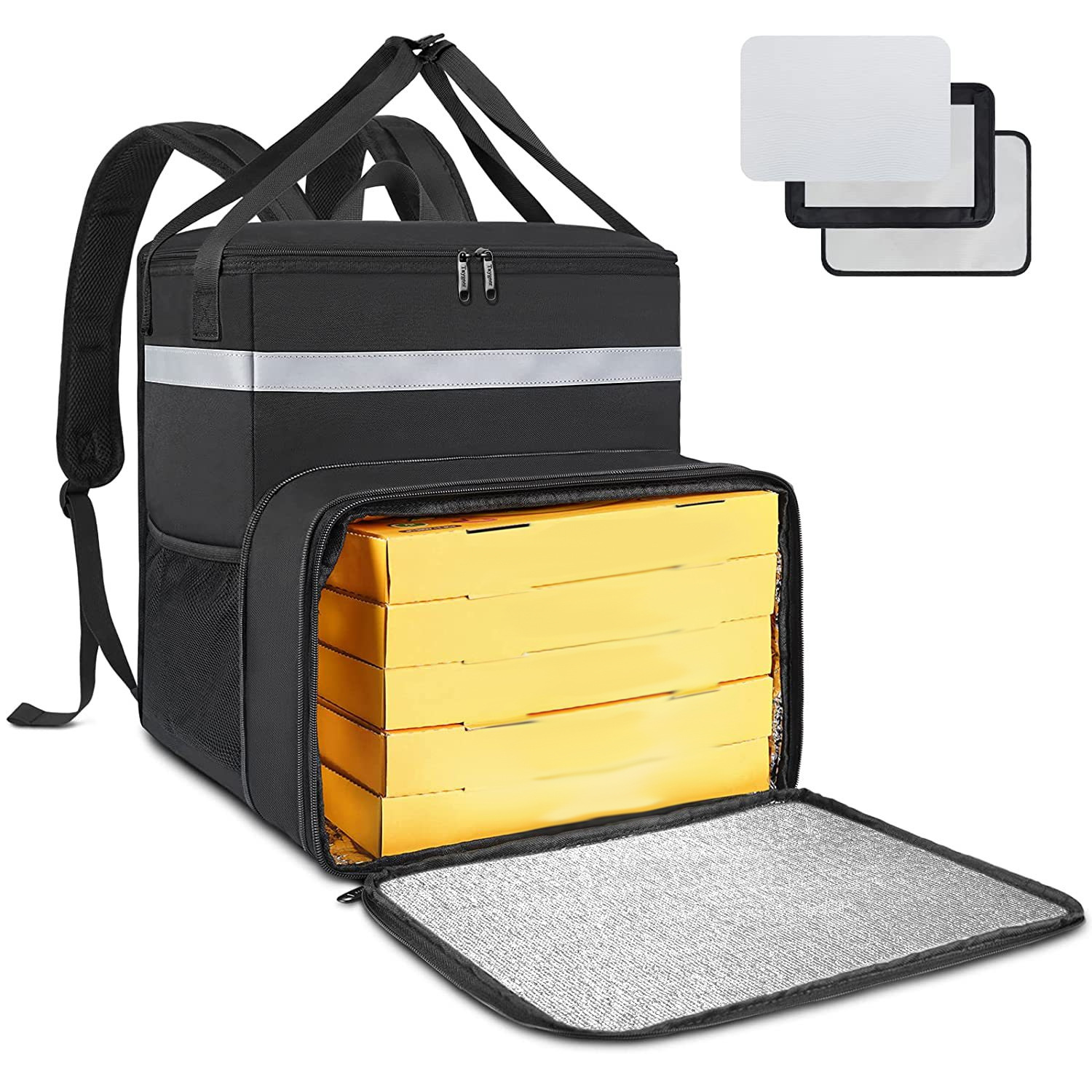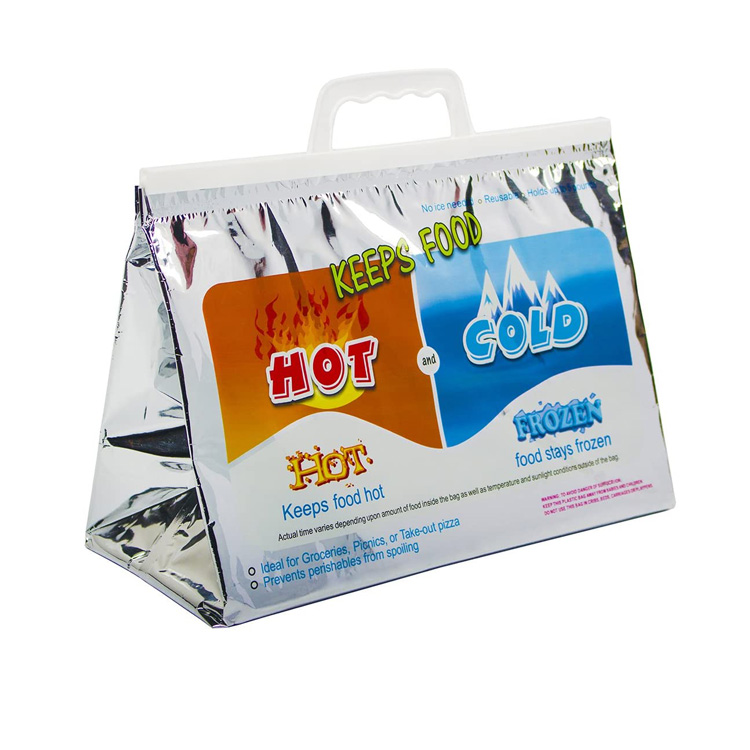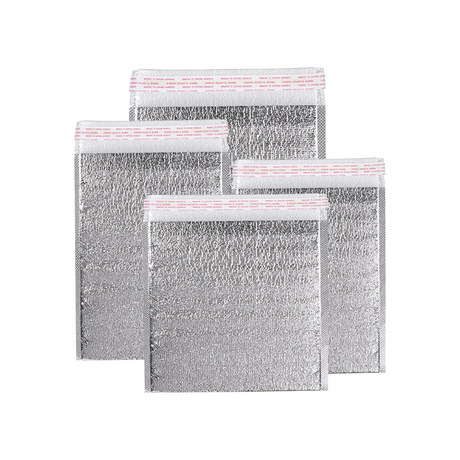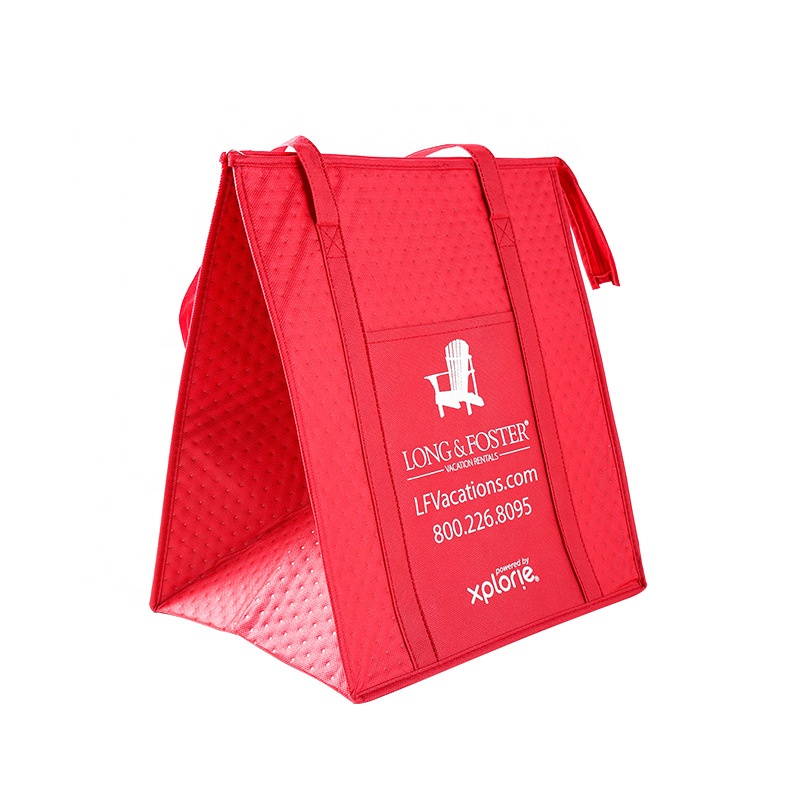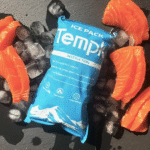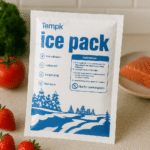Kehadiran polusi dalam paket es terutama tergantung pada bahan dan penggunaannya. Dalam beberapa kasus, Jika proses material atau pembuatan es paket tidak memenuhi standar keamanan pangan, Mungkin memang ada masalah kontaminasi. Berikut adalah beberapa pertimbangan utama:
1. Komposisi Kimia:
-Beberapa paket es berkualitas rendah mungkin mengandung bahan kimia berbahaya seperti benzena dan ftalat (plasticizer yang umum digunakan), yang dapat menimbulkan bahaya kesehatan. Bahan kimia ini mungkin meresap ke dalam makanan saat digunakan, Terutama di lingkungan suhu tinggi.
2. Kerusakan dan kebocoran:
-Jika kantong es rusak atau bocor saat digunakan, gel atau cairan di dalamnya mungkin bersentuhan dengan makanan atau minuman. Meskipun sebagian besar pengisi kantong es tidak beracun (seperti gel polimer atau larutan garam), Kontak langsung masih belum direkomendasikan.

3. Sertifikasi Produk:
-Saat memilih es es, Periksa Sertifikasi Keamanan Pangan, seperti persetujuan FDA. Sertifikasi ini menunjukkan bahwa bahan es es itu aman dan cocok untuk kontak dengan makanan.
4. Penggunaan dan penyimpanan yang benar:
-Pastikan kebersihan paket es sebelum dan sesudah digunakan, dan simpan dengan benar. Hindari hidup berdampingan dengan benda tajam untuk mencegah kerusakan.
-Saat menggunakan es es, Yang terbaik adalah menempatkannya di dalam kantong tahan air atau membungkusnya dengan handuk untuk menghindari kontak langsung dengan makanan.
5. Masalah lingkungan:
-Mempertimbangkan perlindungan lingkungan, Paket es yang dapat digunakan kembali dapat dipilih, dan perhatian harus diberikan pada metode daur ulang dan pembuangan paket es untuk mengurangi polusi lingkungan.
Pendeknya, Memilih paket es bersertifikat berkualitas tinggi dan tepat, dan menggunakan dan menyimpannya dengan benar, dapat meminimalkan risiko polusi. Jika ada masalah keamanan khusus, Anda dapat memiliki pemahaman terperinci tentang bahan produk dan ulasan pengguna sebelum membeli.
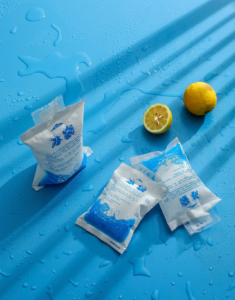
Komponen utama dari paket es yang didinginkan
Paket es yang didinginkan biasanya terdiri dari beberapa bahan utama yang ditujukan untuk memberikan isolasi yang baik dan daya tahan yang cukup. Bahan utama termasuk:
1. Bahan Lapisan Luar:
-Nilon: Ringan dan tahan lama, biasa digunakan pada lapisan luar dari bungkus es berkualitas tinggi. Nilon memiliki ketahanan aus yang baik dan ketahanan air mata.
-Poliester: Bahan lapisan luar lainnya yang biasa digunakan, sedikit lebih murah dari nilon, dan juga memiliki daya tahan dan tahan air mata yang baik.
-Vinyl: Cocok untuk aplikasi yang membutuhkan air tahan air atau permukaan yang mudah dibersihkan.
2. Bahan isolasi:
-Busa poliuretan: itu adalah bahan isolasi yang sangat umum, dan banyak digunakan dalam kantong es yang didinginkan karena kinerja isolasi termal yang sangat baik dan karakteristik ringan.
-Polystyrene (EPS) busa: juga dikenal sebagai styrofoam, Bahan ini biasanya digunakan dalam kotak dingin portabel dan beberapa solusi penyimpanan dingin satu kali.
3. Bahan lapisan dalam:
-Aluminium foil atau film logam: biasa digunakan sebagai bahan lapisan untuk membantu mencerminkan panas dan mempertahankan suhu internal.
-Peva grade food (Polyethylene vinyl asetat): Bahan plastik tidak beracun yang biasa digunakan untuk lapisan bagian dalam kantong es yang bersentuhan langsung dengan makanan, dan lebih populer karena tidak mengandung PVC.

4. Batang:
-Tas gel: tas yang berisi gel khusus, yang dapat menjaga efek pendinginan untuk waktu yang lama setelah pembekuan. Gel biasanya dibuat dengan mencampur air dan polimer (seperti poliakrilamida), Terkadang pengawet dan antibeku ditambahkan untuk meningkatkan kinerja.
-Air asin atau solusi lainnya: Beberapa paket es yang lebih sederhana mungkin hanya mengandung air asin, yang memiliki titik beku lebih rendah dari air murni dan dapat memberikan waktu pendinginan yang lebih lama selama pendinginan.
Saat memilih kantong es yang didinginkan, Anda harus mempertimbangkan apakah materi tersebut memenuhi kebutuhan spesifik Anda, terutama apakah itu membutuhkan sertifikasi keamanan pangan, dan apakah kantong es sering membutuhkan pembersihan atau digunakan di lingkungan tertentu.
Komponen utama paket es beku
Paket es beku biasanya terdiri dari komponen utama berikut, masing -masing dengan fungsi spesifik untuk memastikan bahwa paket es beku secara efektif mempertahankan suhu rendah:
1. Bahan Lapisan Luar:
-Nilon: Nilon tahan lama, tahan air, dan bahan ringan yang cocok untuk kantong es beku yang membutuhkan pergerakan atau penggunaan di luar ruangan yang sering.
-Poliester: Polyester adalah bahan tahan lama lainnya yang biasa digunakan untuk cangkang luar kantong es beku, dengan kekuatan yang baik dan ketahanan aus.
2. Lapisan isolasi:
-Busa poliuretan: Itu adalah bahan isolasi yang sangat efektif, dan banyak digunakan dalam kantong es beku karena kemampuan retensi panasnya yang sangat baik.
-Polystyrene (EPS) busa: juga dikenal sebagai styrene foam, Bahan ringan ini juga biasa digunakan dalam produk pendingin dan beku, Terutama dalam solusi pendinginan satu kali.
3. Lapisan dalam:
-Aluminium foil atau film logam: Bahan -bahan ini biasanya digunakan sebagai lapisan untuk membantu mencerminkan energi panas dan meningkatkan efek isolasi.
-Peva grade food: Ini adalah bahan plastik yang tidak beracun yang biasa digunakan untuk lapisan bagian dalam dari bungkus es, memastikan kontak yang aman dengan makanan.
4. Batang:
-Gel: Pengisi yang umum digunakan untuk kantong es beku adalah gel, yang biasanya mengandung air, polimer (seperti poliakrilamida) dan sejumlah kecil aditif (seperti pengawet dan antibeku). Gel ini dapat menyerap banyak panas dan perlahan -lahan melepaskan efek pendinginan setelah pembekuan.
-Larutan air asin: Dalam beberapa paket es sederhana, Air garam dapat digunakan sebagai pendingin karena titik beku air garam lebih rendah dari air murni, memberikan efek pendinginan yang lebih tahan lama.
Saat memilih paket es beku, Penting untuk memastikan bahwa bahan produk yang dipilih aman, ramah lingkungan, dan dapat memenuhi kebutuhan spesifik Anda, seperti pengawetan makanan atau tujuan medis. Sementara itu, Pertimbangkan ukuran dan bentuk paket es untuk memastikan mereka cocok untuk wadah atau ruang penyimpanan Anda.







